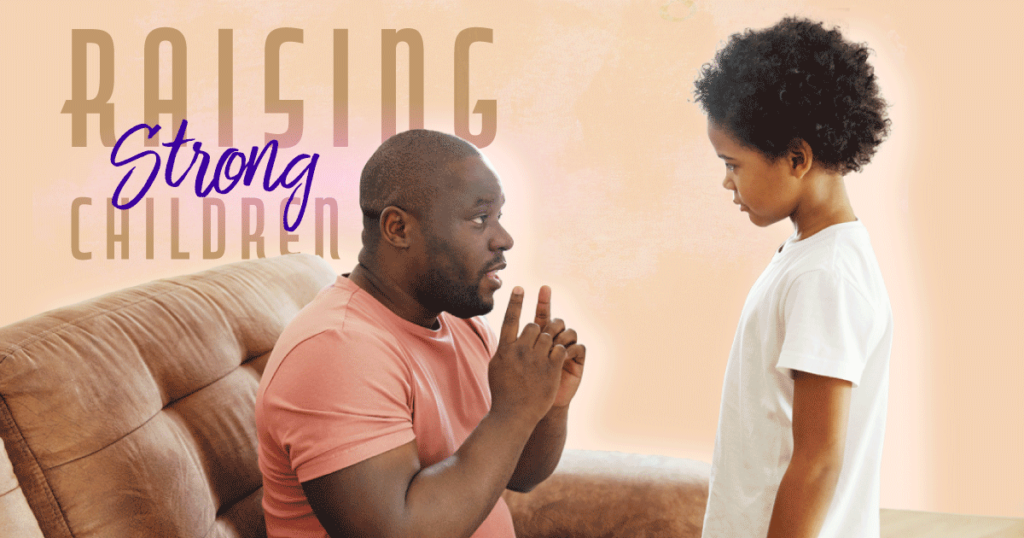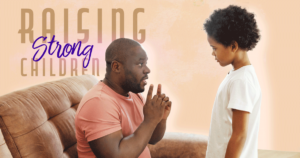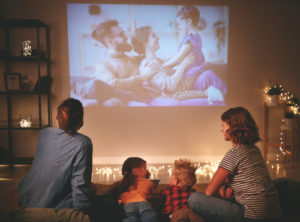Raising Strong Children
In the U.S., 1 in 5 students report being bullied in the last year — 41% expect it to happen again
Bullying & Biases
- Minorities Are More Likely To Be Bullied
| Race | Percent of students | Percent of victims |
| White | 53% | 23% |
| Black | 14% | 23% |
| Latinx | 24% | 16% |
| Asian | 6% | 7% |
| Other | 4% | 23% |
- 6 in 10 LGBTQ students feel unsafe at school
- 1 in 3 missed at least one day in the last month due to bullying
- Up to 1 in 3 students in special education experience bullying
- They are 2X as likely to scolded when reporting bullying to adults
- Consequences Of Bullying Are Serious
- Students facing bullying 2.6X more likely to attempt suicide
- Bullying leads to physical and emotional health effects, including
- Depression & anxiety
- Sleep difficulties
- Lower academic achievement
- Bullying based on these biases has stronger negative physical and emotional health effects than general bullying
- Why Don’t People Speak Up?
- Fight Or Flight: Our brains natural response to tense situations to act aggressively or avoid the situations entirely
- Go Along To Get Along: Social pressures often call for niceness and compromise above other values
- Lack Of Confidence: Low self-esteem makes speaking up difficult — Many believe their actions would be pointless
- Fear Of Consequences: Creating more conflict may mean punishment, loss of friendships, or becoming the victim themselves
“Given the current landscape surrounding bullying (traditional or online), it has become very difficult for a victim to voluntarily speak out without the fear of being publicly shamed or humiliated further” – Andrew Rossow, Internet Attorney, Anti-bullying Advocate, & Creator of the #CYBERBYTE Movement
Support from peers has a the greatest impact against bullying
Teaching Kids The Skills To Speak Up
- How Does Your Child Communicate?
- Passive: Acts as if others are more important than themselves
- May struggle to make eye contact or speak very quietly
- Aggressive: Acts as if they are more important than others
- Often loud, imposing — May try to stand taller than others
- Assertive: Treats others as equals and stand up for themselves
- Stay calm, speak firmly, and make eye contact
- Passive: Acts as if others are more important than themselves
- Teaching Kids To Be Assertive
Anyone can learn to be assertive, but what assertiveness looks like will differ based on your child’s personality
- The Power Of “No”
- Teach kids when they have the right to say “no”
- Kids can set their own boundaries, such as
- Refusing to hug a family member or friend
- Choosing not to play with a bossy friend
- But some things are beyond their control, such as
- Rules made to keep them safe and healthy
- How others behave or react in any situation
- Kids can set their own boundaries, such as
- Teach kids when they have the right to say “no”
- How To Be An Ally
- Victims of bullying say speaking up for themselves often makes things worse — But peer support can make a big difference
- Bullied students say peers can make things better by
- Spending time with me 54%
- Helping me get away 49%
- Helping tell adults what happened 44%
- Reach out to an adult or organizations like the Cybersmile Foundation and Random Acts Organization
Speaking up when problems arise isn’t always enough — Kids must also know how to find a solution, and when to ask for help
Solving Problems Together
- Thinking Through Problems
Learning to solve everyday problems is great practice for when conflicts arise
- Step 1: Identify The Problem
- Find the root cause of the problem
- Help your child by talking about their feelings
- Example: “I feel frustrated because I always miss the bus”
- Step 2: Break It Down
- Break the problem into manageable parts
- Help your child by talking about cause and effect
- Example: “I missed the bus because my homework wasn’t done and I hadn’t brushed my teeth”
- Step 3: Small Steps
- Fix the problem one small step at a time
- Help your child by offering specific solutions to choose from
- Example: “I’ll do my homework before dinner instead of at breakfast”
- The Size Of The Problem
Let your child fix kid-size problems alone and teach them when to ask for help
- Glitch: A problem so small it doesn’t need fixing — such as losing a game
- Kids should: Take a deep breath and refocus
- Little: Something kids can fix themselves — such as a tablet battery dying
- Kids should: Solve the problem
- Medium: A short term problem that needs adult help — such as bullying
- Kids should: Stay calm and ask for help
- Big: A long term problem that needs adult help — such as someone getting hurt
- Kids should: Find an adult as quickly as possible
- Huge: An emergency — such as car accident or tornado
- Kids should: Stay calm and listen to adults
- Be Prepared For Big Problems
- Know How To Help:
- Whatever the size of the problem, adults should
- Coach kids to identify their feelings
- Guide thinking about others’ feelings
- Help to brainstorm possible solutions
- For big problems, adults should know how to help
- Practice your own assertiveness and problem solving
- Continuing to learn and be aware of your own biases
- Find support and resources to help address needs
- Schools are legally required to investigate and address bullying
- All 50 states have anti-bullying laws that require schools to act
- Federal laws provide additional protections for
- Bullying based on race, ethnicity, sex, or religion
- Students with disabilities and thinking differences
- Go to stopbullying.gov to learn more
- Whatever the size of the problem, adults should
- Practice Makes Perfect: Everyday activities are perfect opportunities to practice problem solving, empathy, and assertiveness
- Role playing games and pretend play
- Stories featuring assertive characters
- Challenging puzzles and strategy games
- Tips To Remember:
- Give your child the space to make mistakes and recover on their own
- Create challenges to your match child’s skill without becoming frustrating
- Offer solutions and guidance to help coach your child toward a solution
- Let your child see how you and other adults discuss and solve problems
- Know How To Help:
Never Stop Learning: Raising a strong child means facing your own biases
Silence is complacence. Teach your kids to stand up for what’s right.
Sources:
https://www.pacer.org/bullying/resources/stats.asp
https://nces.ed.gov/pubs2019/2019054.pdf
https://njbullying.org/documents/YVPMarch2010.pdf
https://www.cdc.gov/violenceprevention/pdf/yv/bullying-factsheet508.pdf
https://www.ncbi.nlm.nih.gov/pubmed/24155192
https://www.ncbi.nlm.nih.gov/pubmed/22390513
https://www.pbs.org/parents/thrive/building-assertiveness-how-to-help-your-quiet-child-speak-up
https://biglifejournal.com/blogs/blog/how-to-raise-assertive-child
https://www.allprodad.com/10-ways-teach-children-problem-solvers/
http://speechymusings.com/2015/02/23/size-of-the-problem-activities/
https://www.understood.org/en/friends-feelings/common-challenges/bullying/bullying-laws










